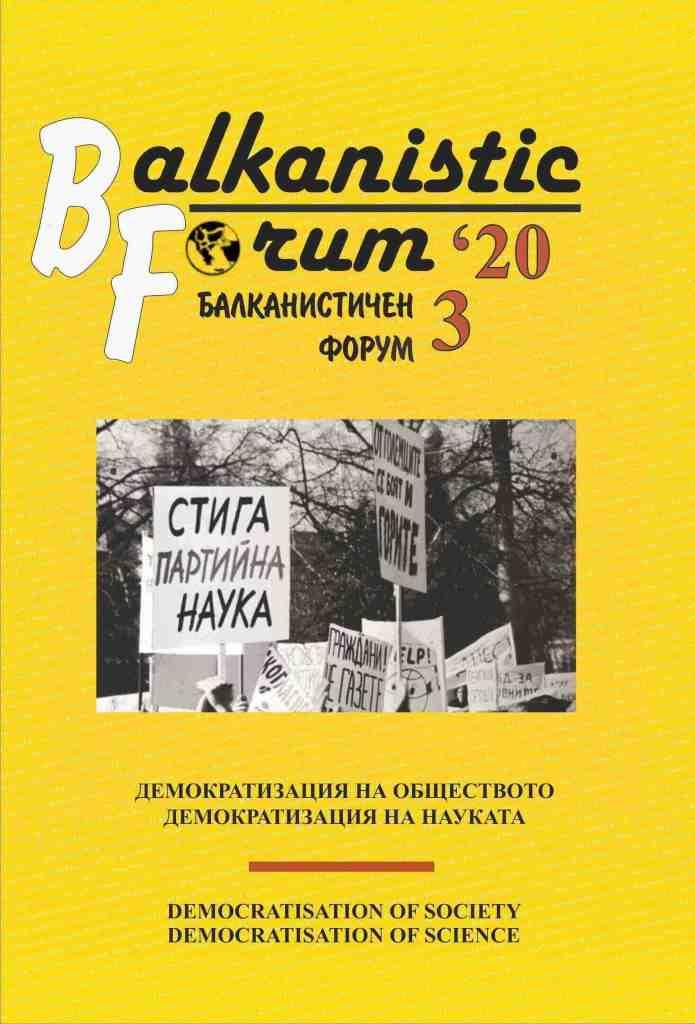Покров и портрет на един средновековен владетел
Shroud and Portrait of a Medieval Ruler
Author(s): Michael MitterauerContributor(s): Kristina Popova (Translator)
Subject(s): History, Cultural history, Middle Ages
Published by: ЮГОЗАПАДЕН УНИВЕРСИТЕТ »НЕОФИТ РИЛСКИ«
Keywords: Rudolf IV of Austria; sepulchral culture; Medieval Portrait; Medieval silk trade; Paleologian Renaissance
Summary/Abstract: The research is concerning two unusual evidences of the late Medieval art, which could be seen in the Museum of the cathedral St. Stephan in Vienna. Both of them are related to Herzog Rudolf IV of Austria (1358 - 1365). One artefact in the museum is his silk gold woven shroud elaborated with especial mastership from Chinese silk in Tabriz, a city in present Iran. Especially important for this fabric is that thanks to the interwoven name of the ruler it could be dated precisely. The road of this Near East fabric to Europe and to the tomb of the Herzog in Vienna could be reconstructed. Rudolf IV died suddenly during the visit to his relative Bernabo Visconti in Milano who was one of the richest men in Europe by that time. Probably the fabric was brought across the Silk Road to Constantinople and further across the sea to Genova and to the city of silk Lucca and then to Milano. Such gold woven fabrics from the Islamic world could be found not rarely in the European ruler’s tombs. The second unusual object in the cathedral museum is a portrait of the Herzog. So far this portrait was attributed to a Prague artist. But it could be proved that it originated from Upper Italy and probably was painted by an artist from Verona who was associated to the society around the great humanist Francesco Petrarca. This portrait rises the question about the emergence of early ruler's portraits in Eu-rope and in this aspect is also related to achievements of the „Palaeologus Renaissance“ art in South – East Europe. The two objects are considered as expression forms of the ruler’s funeral culture of the late Medieval age. In the context formed by the comparative approach new possibilities for analysis are created which cross over the traditional methodology of History of Art.
Journal: Балканистичен Форум
- Issue Year: 29/2020
- Issue No: 3
- Page Range: 197-223
- Page Count: 27
- Language: Bulgarian
- Content File-PDF

